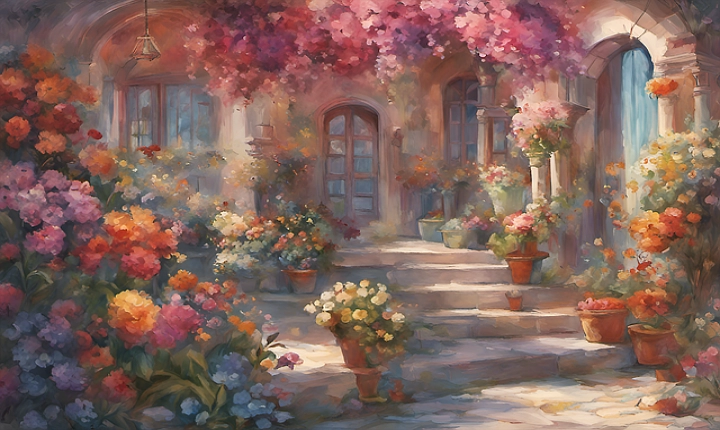Title: How to Create AI Art: A Beginner’s Guide to Using Artificial Intelligence for Creative Expression
Artificial intelligence (AI) has revolutionized many aspects of our lives, including the way we create art. With the advancements in machine learning and deep learning algorithms, AI has become a powerful tool for artists to explore new creative horizons. In this article, we will explore how you can leverage AI to create unique and compelling art pieces.
Understanding AI Art
AI art involves the use of machine learning algorithms to generate, manipulate, or enhance visual artworks. These algorithms can be used to create original pieces of art, enhance existing artworks, or assist artists in the creative process. From image generation to style transfer and pattern recognition, AI can provide unique insights and tools that can inspire and elevate artistic expression.
Getting Started with AI Art
If you are interested in exploring AI art, here are some ways to get started:
1. Familiarize Yourself with AI Tools: There are numerous AI tools and platforms specifically designed for creating art. Experiment with popular tools like DeepArt, Runway ML, or Google’s DeepDream to understand their capabilities and possibilities.
2. Learn the Basics of Machine Learning: While you don’t need to be an expert in machine learning to create AI art, having a basic understanding of the underlying concepts can be beneficial. Resources such as online courses, tutorials, and books can help you grasp the fundamentals of machine learning and its applications in art.
3. Experiment with Generative Adversarial Networks (GANs): GANs are a type of machine learning model that are widely used in AI art. They can generate synthetic images and patterns, often producing surreal and abstract results. Explore GAN-based art tools and techniques to see how they can inspire your creative process.
4. Collaborate with AI: Rather than seeing AI as a replacement for human creativity, consider it as a collaborator in your artistic journey. Use AI tools to generate visual prompts, explore new artistic styles, or expand your creative repertoire.
Creating AI Art
Once you have familiarized yourself with AI art tools and techniques, it’s time to start creating your own AI-inspired artworks. Here are some approaches you can explore:
1. Image Generation: Experiment with AI models that can generate original images based on specific inputs, such as text descriptions or random noise. Explore the surreal and abstract possibilities of AI-generated art.
2. Style Transfer: Use AI algorithms to apply the style of one artwork to another, creating mashups of different visual aesthetics. This can lead to intriguing and unexpected combinations of artistic styles.
3. Pattern Recognition: Leverage AI tools to analyze and extract patterns from existing artworks, transforming them into new and innovative compositions.
4. Interactive Art: Consider incorporating AI into interactive art installations that respond to the viewers’ input or behavior, creating dynamic and engaging experiences.
The Future of AI Art
As AI technologies continue to evolve, the possibilities for AI art are expanding rapidly. From creating immersive virtual environments to enabling real-time collaboration with AI algorithms, the future of AI art holds exciting potential for artistic innovation.
Conclusion
AI art offers a fascinating intersection of technology and creativity, opening new doors for artists to explore unconventional ideas and techniques. By embracing AI tools and techniques, artists can unleash their imagination and push the boundaries of artistic expression. Whether you are a seasoned artist or a curious enthusiast, integrating AI into your creative process can lead to captivating and thought-provoking art that resonates with audiences in new and unexpected ways.
